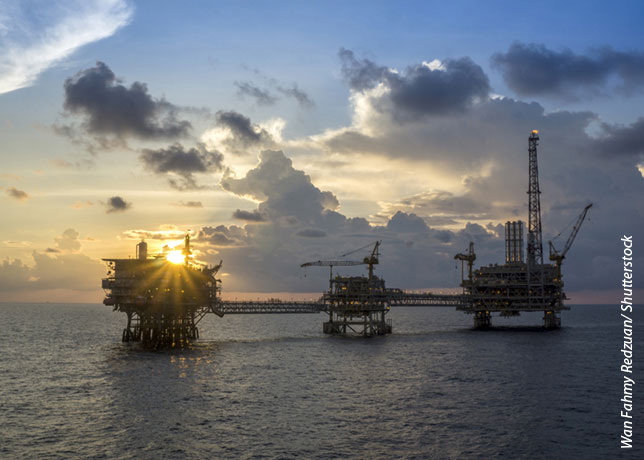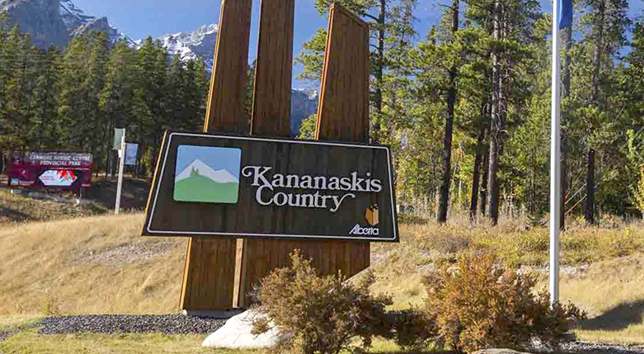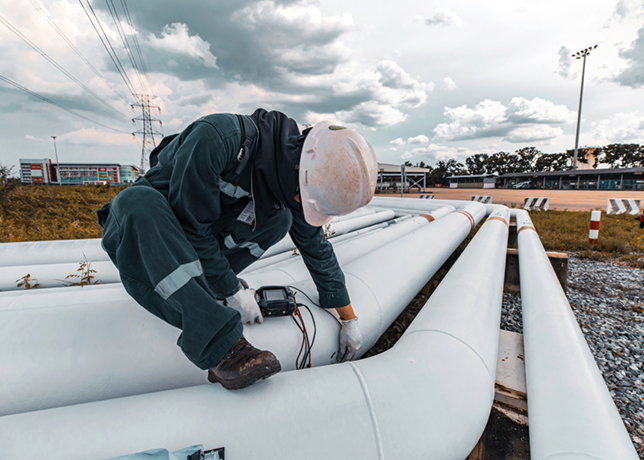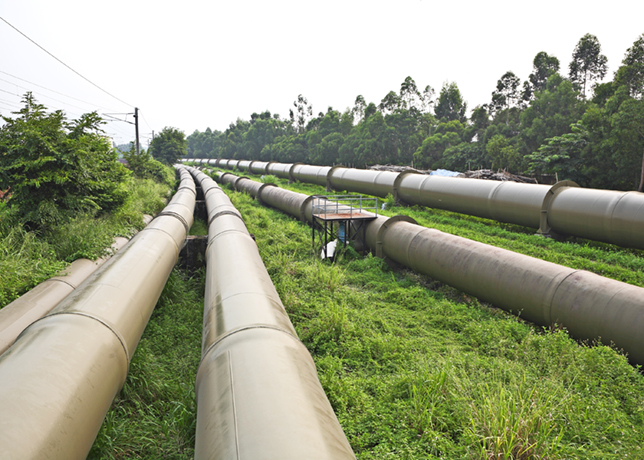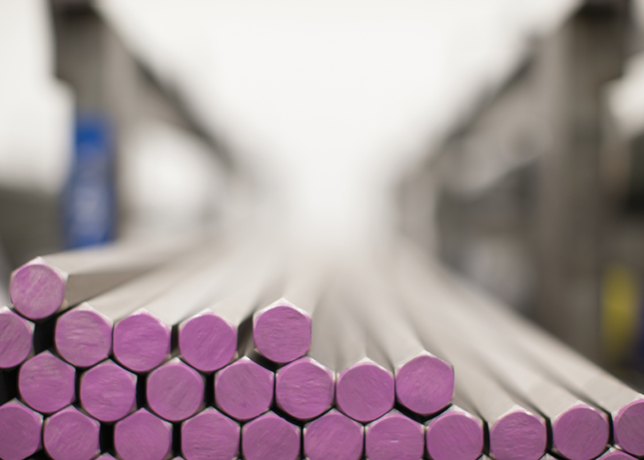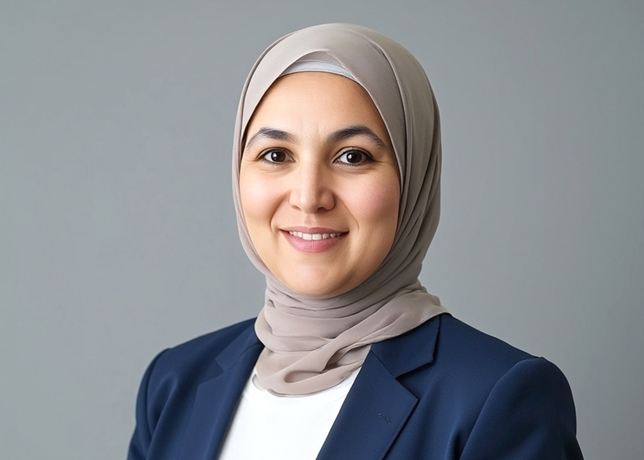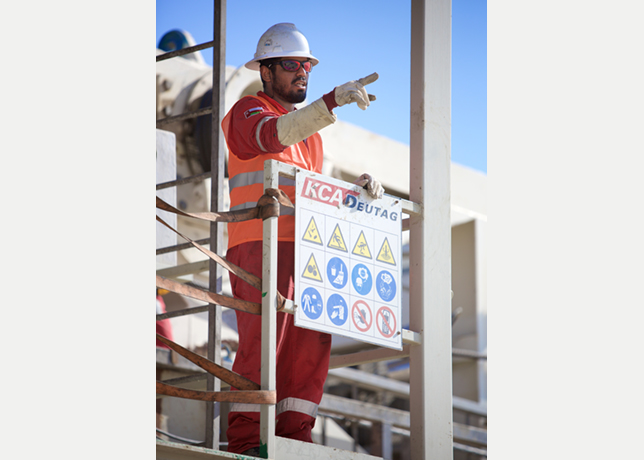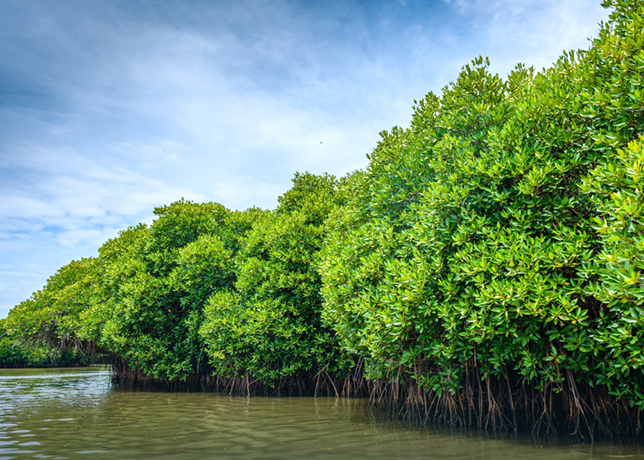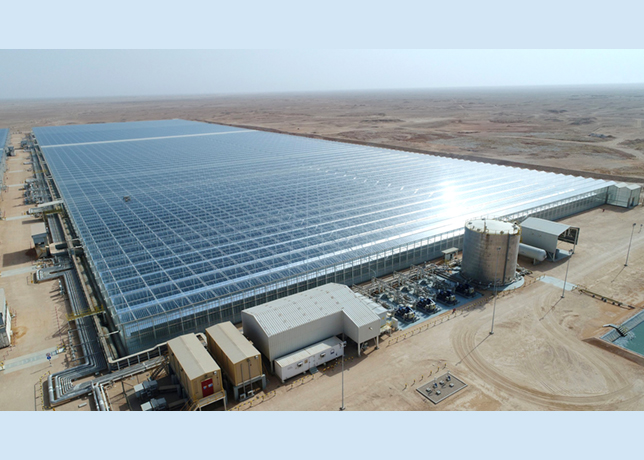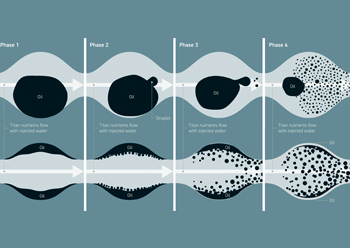
 The unique oil release mechanism of organic oil recovery
The unique oil release mechanism of organic oil recovery
The organic oil recovery method born out of fascination with how koalas digest eucalyptus has been used globally on more than 52 oilfields, increasing production by over 92 per cent, Chris Venske, Engineering and Technical Sales Manager for OOR tells OGN
A pioneering environment-friendly enhanced oil recovery (EOR) technology – derived from scientific studies on koalas – is being adopted across the Middle East and globally with a string of successful pilot tests and treatments.
The process, which utilises resident microbial life in oil reservoirs and helps liberate hard-to-reach and trapped oil, is now being deployed across the Mena region, including Bahrain, Oman, Yemen, Kazakhstan, Pakistan, Egypt and Libya with many countries to be added to that list in 2021.
The Organic Oil Recovery (OOR) team has now launched a Dubai HQ to service its client base in the region and is expanding its operations and staff numbers as demand for the technology grows. The OOR process has been proven to help increase oil production by upwards of 100 per cent and drastically reduce lifting costs.
The technology requires minimal investment – with proven returns on investment, in some cases of over 1,000 per cent – and has no need for any extra Capex to support the project. It also enables oil firms to reduce lifting costs and defer abandonment of wells that might be considered past their economic viability.
 |
|
The OOR solution lies in unique microbes in the koalas’ gut that enable it |
Treatments on more than 30 wells are planned for the coming months in several states and nations in the region, with talks also ongoing with national and international oil companies alike as interest in OOR continues to develop in the region.
Chris Venske, Engineering and Technical Sales Manager for OOR based in Dubai, says the demand from national oil companies and their international partners has exploded over the past few months and pilot tests were occurring from Oman to Kazakhstan.
'We’ve been inundated with demand from CEOs, engineers and their colleagues, keen to understand the process and to see what it can do for them. When they hear of the proven returns on investment they are astounded and we’re, therefore, undertaking pilot tests across the region to show what we can do before we go to full, field-wide deployment,' he says.
The EOR process sees the OOR team – part of Hunting Energy Services – take water samples from the well and send them to their laboratory in California for analysis. There scientists undertake a sophisticated study of the microbes found in the reservoir, which forms part of the naturally occurring ecology, and determine their DNA and growth potential under a simulated OOR process.
The team then produces a complex and unique (to each well) nutrient package that is pumped into the well – with no impact on the surrounding ecology, making it a truly green operation. The nutrients manipulate the resident microbial ecology to energise hard to reach oil droplets which are then released to the surface.
The process, which uses totally organic ingredients, enables producers to reduce lifting costs and increase recoverable reserves in reservoirs that might be nearing the end of their economic life with no requirement for any additional capital expenditure.
Even at $30 oil or less, OOR has been proven to increase the profitability of a well by an average of 92 per cent. Although the technology can be used at any stage of the field’s life to reduce lifting costs and increase oil output.
 |
|
Results from a recent pilot treatment on CNOOC’s Scott asset in the North Sea |
The technology was born out of Australian innovator and inventor Noel Carroll’s fascination with how koalas could digest normally harmful eucalyptus leaves and actually thrive on the diet. The eucalyptus oil found in the leaves are poisonous to most other animals.
The solution lay in unique microbes in the koalas’ gut that enable it to breakdown toxins in the leaves. The scientists then began a 30-year quest – costing more than $20 million – to see if the technology could be applied to oil production across the globe.
The sampling is also uncovering microbes never before seen and recorded by scientists causing great excitement in the scientific field. In one recent pilot test in the UK’s North Sea, production increased by a massive 25,000 barrels and helped record the biggest measured oil output in more than five years from the tested well.
The cost of the pilot was paid back in less than a week and China National Offshore Oil Corporation (CNOOC) and its partners achieved a return on investment of more than 1,000 per cent on the pilot test on the Scott platform.
CNOOC and partners, which operates Scott, are now studying the results with a view to proceeding to an injector-producer treatment in 2021.
The CNOOC pilot test is one of a number of trials that OOR is undertaking in the North Sea, Middle East and Asia. It is estimated that approximately 65 per cent of global oil reserves will be left in the ground as they are difficult to access.
The technology, developed by Titan Oil Recovery in California and brought to the North Sea, Middle East and Asia by Hunting, has been used on more than 52 oilfields, across four continents and has increased production on average by more than 92 per cent with a success rate of 94 per cent.
 |
|
OOR personnel on the job in South Oman |
The green technology is also proven to reduce hydrogen sulphide (H2S), a potentially fatal and highly corrosive by-product of producing oil. By again using the resident microbiology to target specific species of microbes to outcompete Sulphate Reducing Bacteria (SRBs) and ultimately reduce and even reverse the formation of H2S in the reservoir.
By managing the reservoir’s ecology the technology can increase safety, reduce both corrosion and spend on harmful chemicals typically used to control this toxic chemical.
According to Hunting Finance Director Bruce Ferguson: 'We’re so excited by this technology that could help increase and prolong oil production across the Middle East and beyond with minimal cost implications.
'It also means that producers can concentrate on their existing wells, reservoirs and resources to ensure maximum recovery, saving time, money and wider impact to the environment as we can focus on retrieving the 65 per cent-plus oil still trapped in existing reservoirs before even thinking about moving onto new ones.
'This first test confirms what we’ve known all along that green technology can help us get more oil out of already existing reservoirs.'
Roger Findlay, OOR General Manager, says: 'We’re delighted with the excitement shown by producers in the Middle East and with the results we’ve achieved so far, which just confirm what we’ve been saying to operators in recent months: Organic oil recovery is a unique and cost-effective technology for enhancing oil recovery from existing oil wells. OOR is pioneering in the understanding and management of reservoir ecology to both increase production and manage H2S production.
'The opportunities for this technology are endless and we can’t wait to introduce and apply OOR technology more widely across the Middle East and beyond.'














